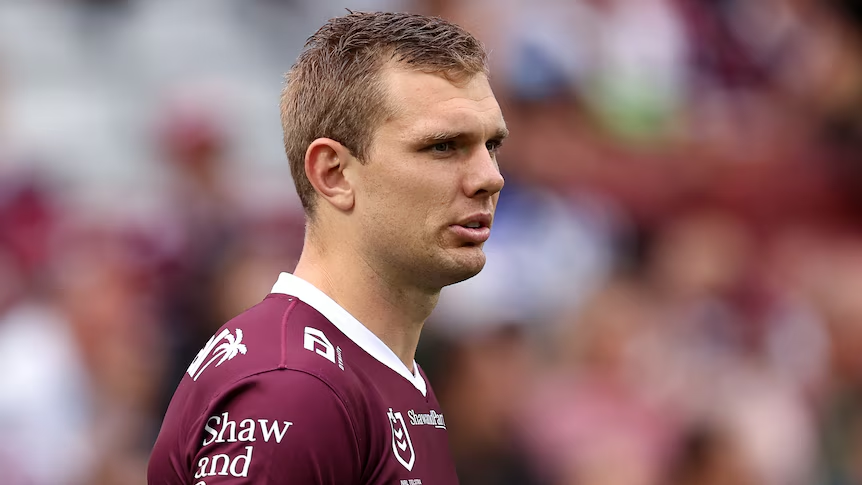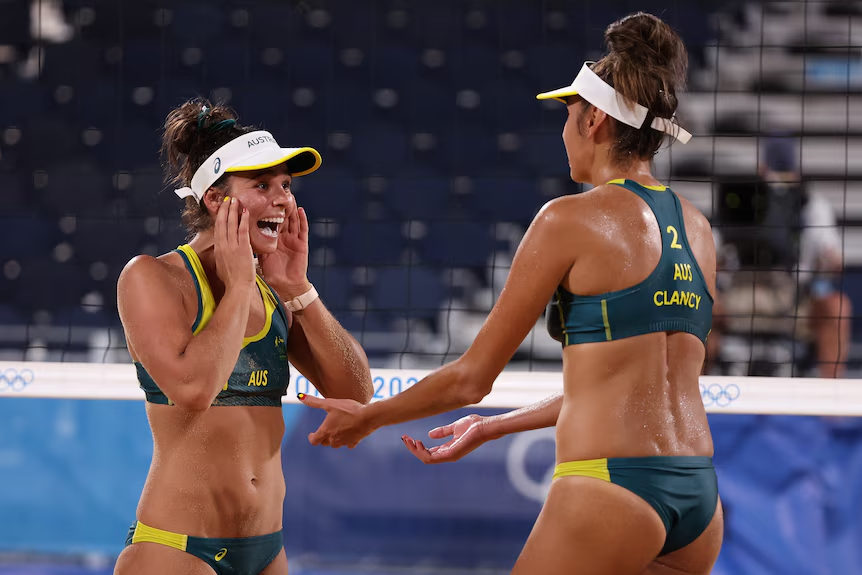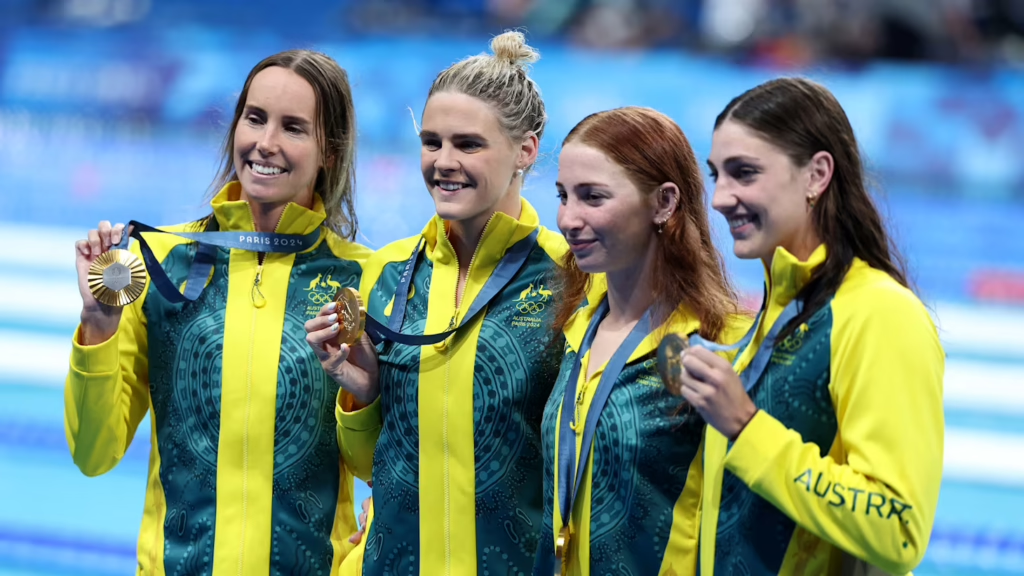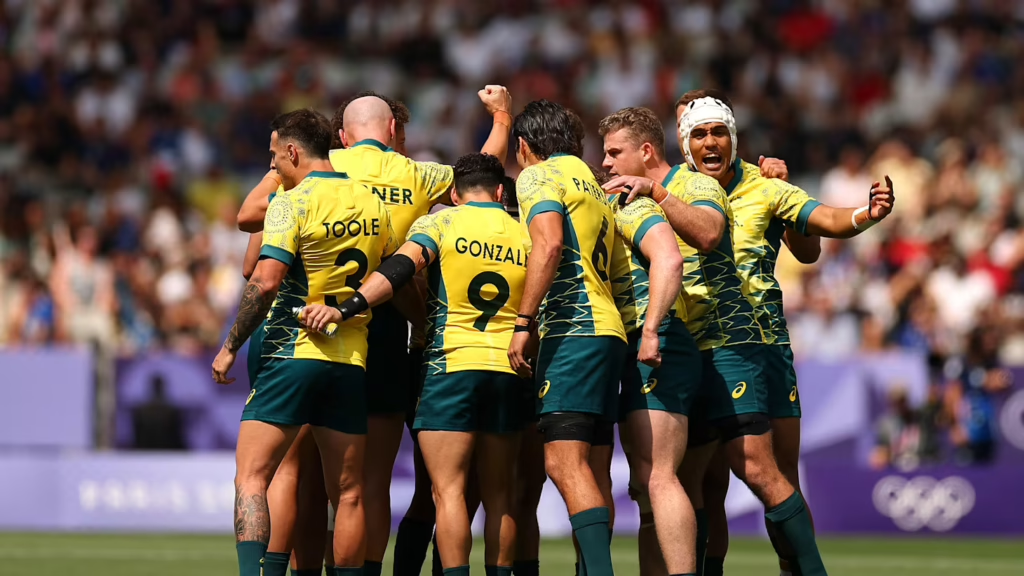Home advantage—it’s a concept that has fuelled debates, shaped strategies, and made or broken punters’ dreams when betting on AFL head to head games. While the roar of the crowd, familiar grounds, and reduced travel fatigue seem like obvious factors, how does this phenomenon truly play out in Australian football? More importantly, how can understanding this give you an edge when placing AFL multi bets or assessing AFL betting odds?
Let’s dive into the data and key insights to uncover the truth behind the home turf advantage.
1. Travel Fatigue: The Hidden Strain on Away Teams
Long-distance travel has a measurable impact on players’ performance. AFL teams often face grueling schedules, travelling thousands of kilometres between games. Studies have shown that fatigue can reduce reaction times, impair decision-making, and ultimately affect match outcomes.
For instance, analysis from Champion Data revealed that teams travelling from the west coast to the east (or vice versa) win only about 40% of games. This disparity is even more evident in AFL head to head matches where every small margin counts.
If you’re keen on placing AFL multi bets, keep travel schedules in mind. Teams playing back-to-back away games might struggle to maintain peak performance, which could tilt the AFL betting odds in favour of their opponents.
2. Crowd Influence: The Power of the 19th Man
There’s no denying the psychological edge a home crowd provides. Fans chanting, booing opposition players, and celebrating every goal can energise home teams and rattle the opposition.
AFL stadiums like the Melbourne Cricket Ground (MCG) and Optus Stadium in Perth are famous for their intimidating atmosphere, which statistically correlates to higher winning percentages for home teams.
For those analysing AFL betting odds, it’s wise to weigh in the “crowd factor,” especially when betting on rivalry matches or finals, where passions run high.
3. Familiar Grounds: A Tactical Advantage
Home teams train and play regularly on their home grounds, which provides them with a tactical advantage. From understanding the nuances of wind patterns to knowing the exact dimensions of the field, these details can influence game strategies.
For example, Kardinia Park in Geelong is narrower than many AFL grounds, which benefits Geelong’s high-pressure game style. Punters betting on AFL head to head games should consider these subtleties. A team accustomed to a larger ground like the MCG might find it challenging to adjust their play at tighter venues.
4. Umpiring Bias: Fact or Fiction?
It’s a controversial topic, but studies have suggested that umpires may subconsciously favour home teams due to crowd pressure. While AFL officials strive for fairness, data indicates that free kick counts often lean slightly in favour of the home side.
This is worth noting when exploring AFL multi bet opportunities. A team known for capitalising on free kicks might gain an edge at home, tilting the AFL betting odds in their favour.
5. Finals and Neutral Venues: Levelling the Playing Field?
While home advantage is evident during regular-season games, finals often present a different story. Neutral venues, such as the MCG for grand finals, can level the playing field and reduce the typical benefits of home turf.
That said, Victorian teams have historically dominated at the MCG, even when it’s designated as a neutral ground. For punters, this is a critical insight when planning your AFL multi bets. Always review a team’s past performance at neutral venues and how they adapt under pressure.
Practical Betting Tips for AFL Home Advantage
- Analyse the Fixture Schedule:
Pay close attention to how often teams travel, especially interstate. Long trips and back-to-back away games can diminish performance. - Home vs. Away Stats:
Review historical data to compare how teams perform at home versus away. Some teams thrive on home support, while others struggle to replicate their form on the road. - Factor in Venue-Specific Trends:
Not all home grounds are created equal. Learn how specific teams leverage their home turf. For example, Adelaide Oval’s unique dimensions can be a fortress for the Crows and Power. - Consider Weather Conditions:
Home teams are often better prepared for local weather. Rain, wind, or heat can influence match outcomes and, by extension, AFL betting odds. - Look at Player Injuries and Fatigue:
Fatigue often compounds when teams are on the road. Check for injuries or players being rested for travel-heavy fixtures.
Why Home Advantage Matters for Punters
Understanding home advantage isn’t just for statisticians—it’s a game-changer for punters. Whether you’re exploring AFL head to head markets or planning a complex AFL multi bet, these insights can help you make smarter betting decisions. By factoring in travel schedules, venue specifics, and crowd dynamics, you can tilt the odds in your favour.
At ColossalBet, we simplify your betting experience with personalised tips and unmatched promotions. Our AFL betting odds are tailored to give you the best chance of maximising returns.
Back Your Knowledge with Smart Bets
Home advantage is more than just a buzzword—it’s a measurable factor that influences match outcomes and betting strategies. By incorporating the insights shared here, you can approach your AFL head to head and AFL multi bets with confidence, knowing that you’ve considered every detail that matters.
Bet Smarter, Bet with Confidence
Ready to turn your insights into winning bets? Visit ColossalBet for the best odds, exclusive promotions, and a seamless betting experience. Don’t leave your AFL bets to chance—bet smarter with ColossalBet today.












